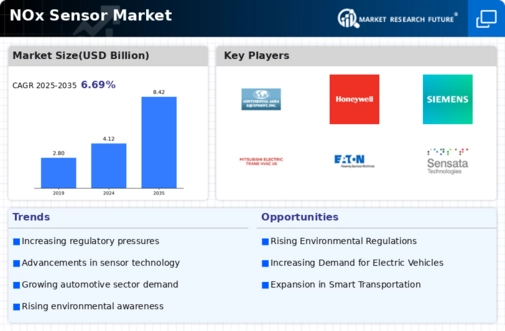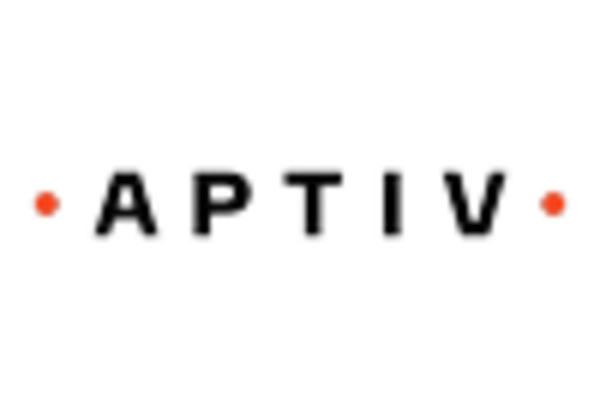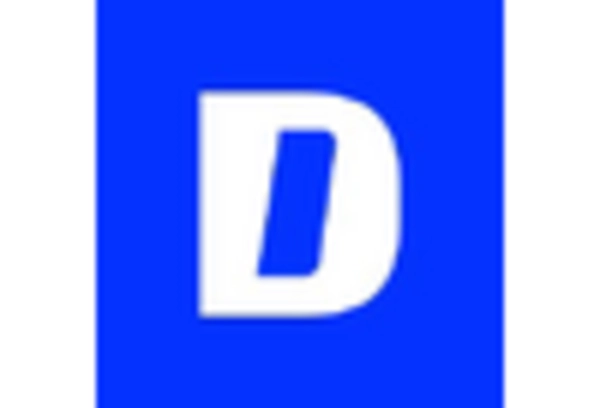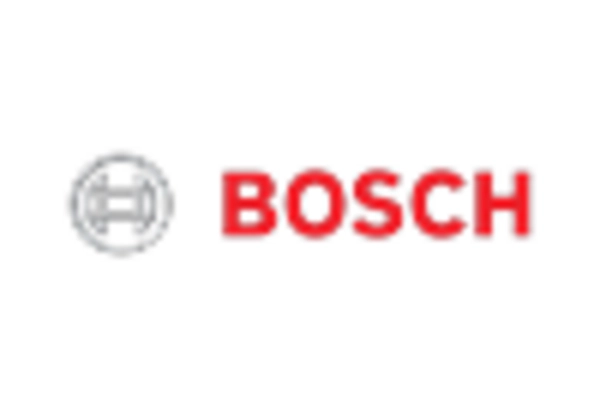Rising Demand for Electric Vehicles
The shift towards electric vehicles (EVs) is emerging as a significant driver for the NOx Sensor Market. Although EVs produce zero tailpipe emissions, the transition phase involves hybrid vehicles that still rely on internal combustion engines. These vehicles require NOx sensors to monitor emissions effectively. As the automotive industry increasingly embraces electrification, the demand for NOx sensors in hybrid models is expected to rise. Additionally, the infrastructure supporting EVs, such as charging stations, may also incorporate NOx sensors to monitor emissions from nearby vehicles. This evolving landscape suggests that the NOx Sensor Market will continue to grow, driven by the increasing adoption of hybrid technologies and the need for compliance with emissions regulations during the transition to fully electric vehicles.
Expansion in Industrial Applications
The diversification of applications for NOx sensors is a notable driver for the NOx Sensor Market. Industries such as automotive, aerospace, and power generation are increasingly adopting NOx sensors to monitor emissions and enhance operational efficiency. In the automotive sector, for instance, the integration of NOx sensors in diesel engines is becoming standard practice to meet regulatory requirements. Furthermore, the power generation industry is utilizing NOx sensors to optimize combustion processes and reduce emissions. This expansion into various industrial applications is expected to propel the market forward, with estimates suggesting that the industrial segment could account for over 40% of the total market share by 2030. The growing awareness of environmental sustainability is likely to further accelerate this trend.
Regulatory Compliance Driving Demand
The increasing stringency of environmental regulations is a primary driver for the NOx Sensor Market. Governments worldwide are implementing stricter emissions standards to combat air pollution and climate change. For instance, regulations such as the Euro 6 standards in Europe and the Tier 3 standards in the United States mandate lower nitrogen oxide emissions from vehicles. This regulatory landscape compels manufacturers to integrate advanced NOx sensors into their systems to ensure compliance. As a result, the demand for high-performance NOx sensors is expected to rise, with the market projected to grow at a compound annual growth rate (CAGR) of approximately 8% over the next five years. This trend underscores the critical role of NOx sensors in meeting environmental targets and enhancing air quality.
Growing Awareness of Air Quality Issues
The heightened awareness of air quality and its impact on public health is a crucial driver for the NOx Sensor Market. As urbanization increases, so does the concern over air pollution, particularly nitrogen oxides, which are known to contribute to respiratory problems and environmental degradation. This awareness is prompting governments and organizations to invest in air quality monitoring systems, which often include NOx sensors. The market for air quality monitoring is projected to expand significantly, with estimates indicating a growth rate of around 10% annually. This trend reflects a broader societal shift towards prioritizing health and environmental sustainability, thereby driving demand for NOx sensors as essential tools for monitoring and managing air quality.
Technological Advancements in Sensor Design
Innovations in sensor technology are significantly influencing the NOx Sensor Market. Recent advancements, such as the development of solid-state sensors and miniaturized devices, enhance the accuracy and reliability of NOx detection. These technological improvements not only increase the efficiency of emissions monitoring but also reduce the overall cost of sensor production. For example, the introduction of MEMS (Micro-Electro-Mechanical Systems) technology has enabled the creation of compact and highly sensitive NOx sensors. This evolution in sensor design is likely to attract investments and drive market growth, as manufacturers seek to adopt cutting-edge technologies to improve their product offerings. The market is anticipated to witness a surge in demand for these advanced sensors, contributing to a robust growth trajectory in the coming years.

















Leave a Comment